When considering people who are Introverts (I) and Extraverts (E), it’s natural to go straight to the social aspects of these traits who prefers solitude and who thrives in groups. But the truth goes much deeper. These tendencies are not just about socialising; they also shape how we respond to environments, process stimulation, and restore our energy.
77% of Extraverts seek thrilling activities during holidays, compared to 47% of Introverts.
(“Travelling Preferences” Survey)
Introvert (I) Personality: Strength in Reserve
Introverts are well-suited to many situations. Their natural reserve helps them pace themselves and listen attentively. They often find deep satisfaction in solitary activities, where introspection leads to sharper insights and creative problem-solving.
-
Energy source: Alone time restores their mental and emotional balance.
-
Focus: Depth and detail come naturally to them, whether in conversations or work.
-
Strength: Sensitivity to environmental cues, allowing them to read situations quickly.
80% of Introverts report that time alone is more satisfying than time spent with others, compared to just 29% of Extraverts.
(“Social Activities” Survey)
Challenges of being an Introvert
Introverts’ sensitivity, while useful, can also be overwhelming. Noisy environments, constant motion, or harsh lighting may quickly drain their energy. Insistent conversations or forced socialisation can exhaust them further. For this reason, many Introverts prefer their own space where they can control the pace and conditions.
Their reserved nature may seem like a disadvantage in societies that reward boldness and visibility. Yet many successful leaders, performers, and creators are Introverts who learn to recharge strategically and move carefully toward their goals. They often remain humble, avoiding unnecessary spotlight despite their achievements.
84% of Introverts say they would feel cautious, worried, or horrified if they suddenly became famous, compared to 51% of Extraverts.
(“Fame” Survey)
Extravert (E) Personality: The Power of Engagement
Extraverts thrive by interacting with the world around them. For them, engagement is not just enjoyment it’s a source of energy and validation. They are comfortable in dynamic settings, feed off responses from others, and love pushing boundaries to discover what’s possible.
89% of Extraverts say they’re comfortable verbally expressing gratitude, compared to 67% of Introverts.
(“Gratitude” Survey)
-
Energy source: People, activity, and external stimulation.
-
Focus: Breadth and variety new experiences, projects, and social circles.
-
Strength: Outgoing energy that inspires and motivates others.
Challenges of being an Extravert
An idle Extravert is an Extravert looking for something to do. Because interaction is so central to their energy, boredom or isolation can feel unbearable. This sometimes leads to impulsive behaviour or a tendency to chase attention.
87% of Extraverts believe they have what it takes to be a good leader, compared to 56% of Introverts.
(“Ambition” Survey)
Yet when they find balance, Extraverts are dynamic forces. They take initiative, lead projects with energy, and infuse gatherings with their contagious enthusiasm. At their best, they bring people together and drive progress forward. You should read about the introverted feeling vs extroverted feeling.
Introvert vs Extrovert: Two Vital Energy Styles
Introverts and Extraverts represent two distinct but equally valuable approaches to life:
-
Introverts draw power from reflection, depth, and calm.
-
Extraverts shine in action, interaction, and momentum.
Neither is better both have unique strengths and challenges. By understanding where you fall on the spectrum, you can lean into your natural tendencies while borrowing balance from the opposite side.
In the end, society needs both: the quiet strength of Introverts and the engaging drive of Extraverts.
Whether you identify more with Introverts, Extroverts, or somewhere in between, one thing is universal: we all need ways to manage our energy and stay balanced in today’s overstimulating world. That’s where tools like neuroVIZR brain training app can be helpful. Designed to support focus, calm, and self-awareness, it gently works with your brain’s natural rhythms making it easier to recharge if you’re an Introvert, or to stay centred if you’re an Extrovert.
FAQ
Which MBTI is an introverted extrovert?
In MBTI, there isn’t a type officially called an “introverted extrovert,” but many people use this phrase to describe personality types that sit closer to the middle of the Introversion Extraversion spectrum.
For example, ENFPs and ENTPs are outwardly social but often need downtime to recharge, while INFJs and INFPs are naturally inward-focused but can appear outgoing in the right context. In short, an “introverted extrovert” usually refers to someone who has a balance of both traits, similar to an ambivert.
What is an ambivert personality?
An ambivert is someone who shows qualities of both Introversion (I) and Extraversion (E). They can be outgoing and social in some situations but also value quiet, reflective time. Ambiverts are flexible they adjust their behaviour depending on the environment and their energy levels.
In MBTI terms, ambiverts aren’t a separate type but rather individuals whose Introversion/Extraversion preference isn’t strongly one-sided.
What is the rarest MBTI type?
The rarest MBTI type is generally considered to be the INFJ (Introverted, Intuitive, Feeling, Judging) personality, making up roughly 1–2% of the population. INFJs are known for being empathetic, insightful, and guided by strong values.
Their rarity comes from the unique blend of introversion, intuition, and emotional depth, combined with a structured, strategic way of approaching life.
What is otrovert?
“Otrovert” is not an official MBTI term, but it has gained popularity online to describe people who don’t feel fully like an Introvert or an Extrovert. It’s often used interchangeably with ambivert, meaning someone who can swing between both ends of the spectrum depending on the situation. While not formally recognised in psychology, it captures the idea that personality isn’t strictly black and white but exists on a spectrum.

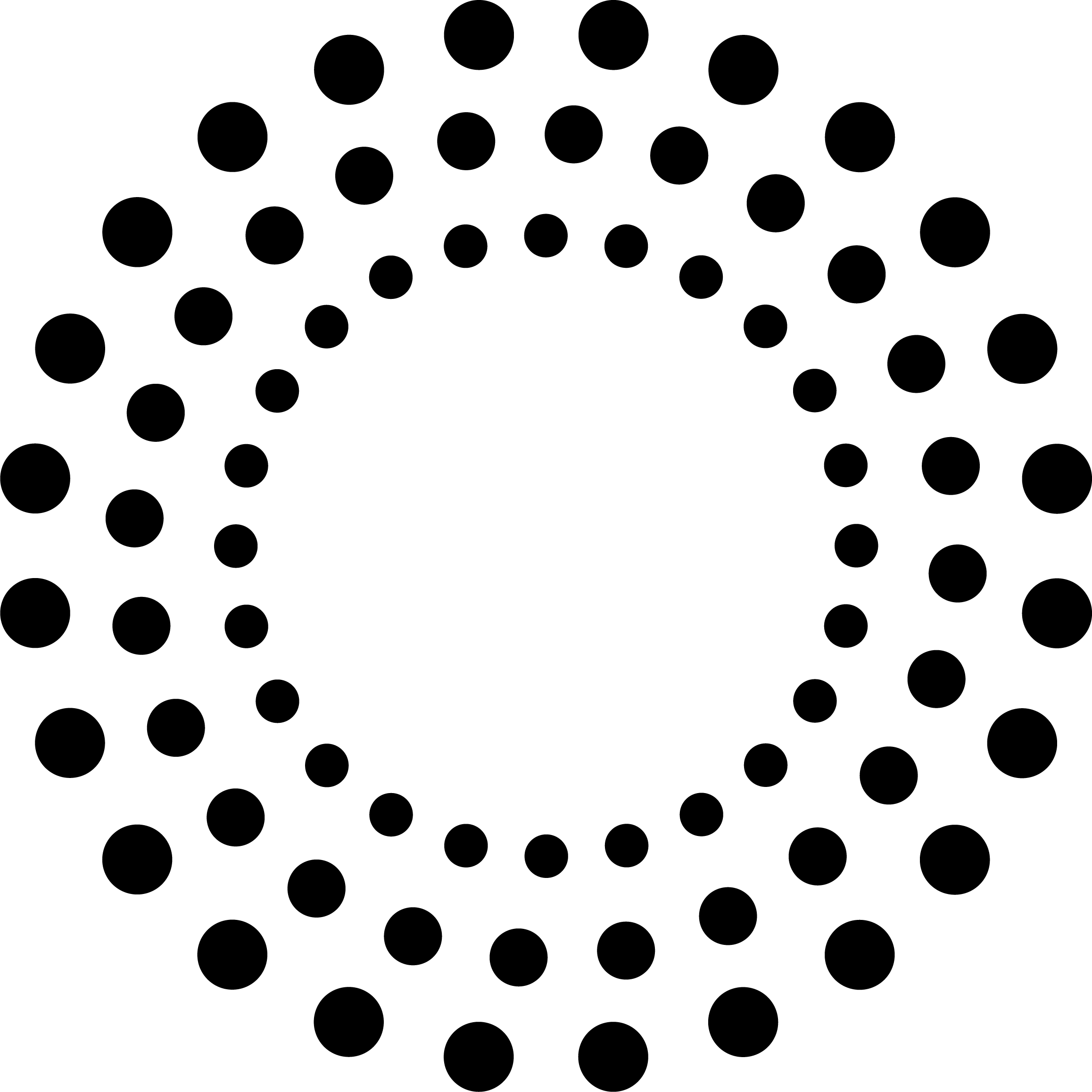









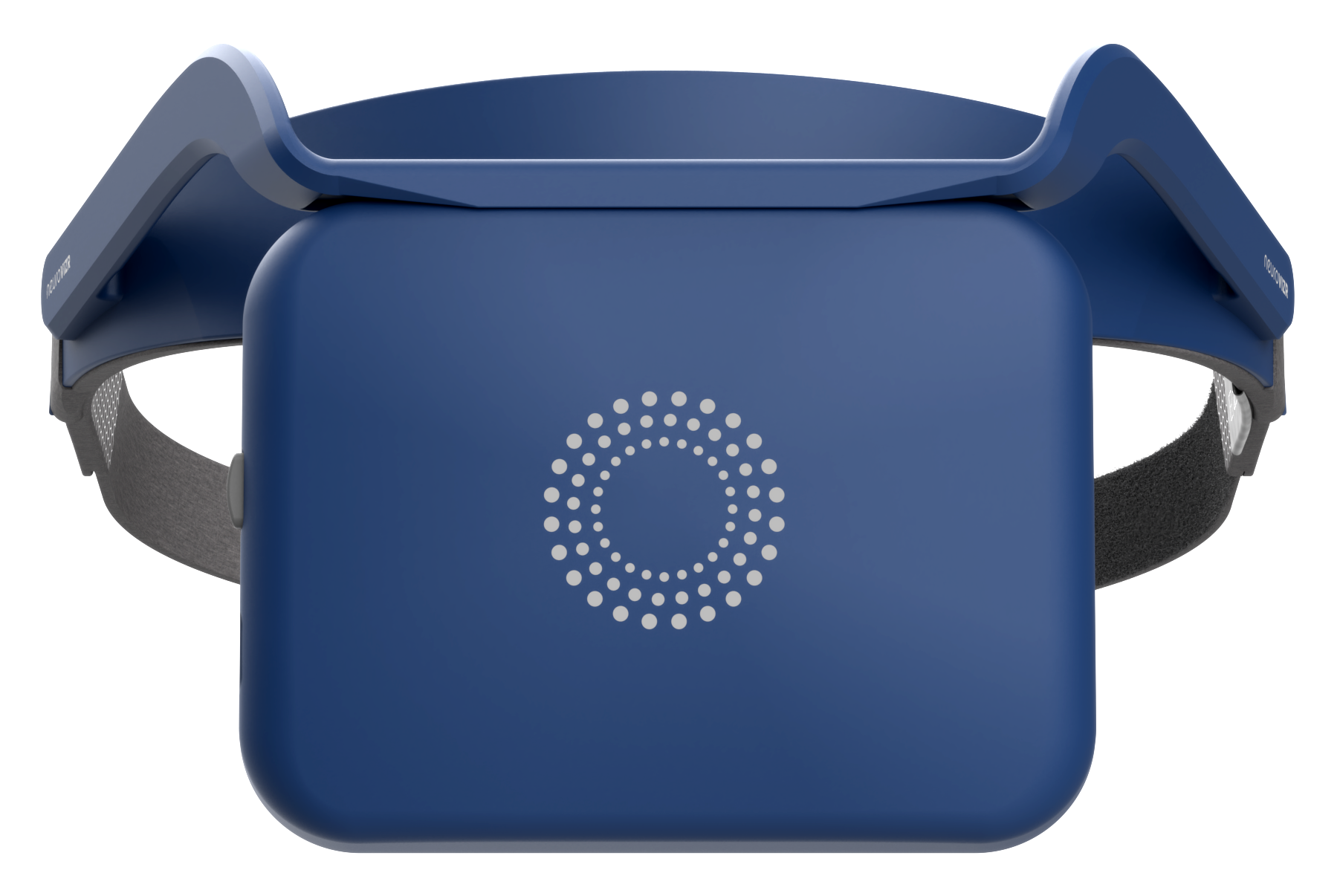

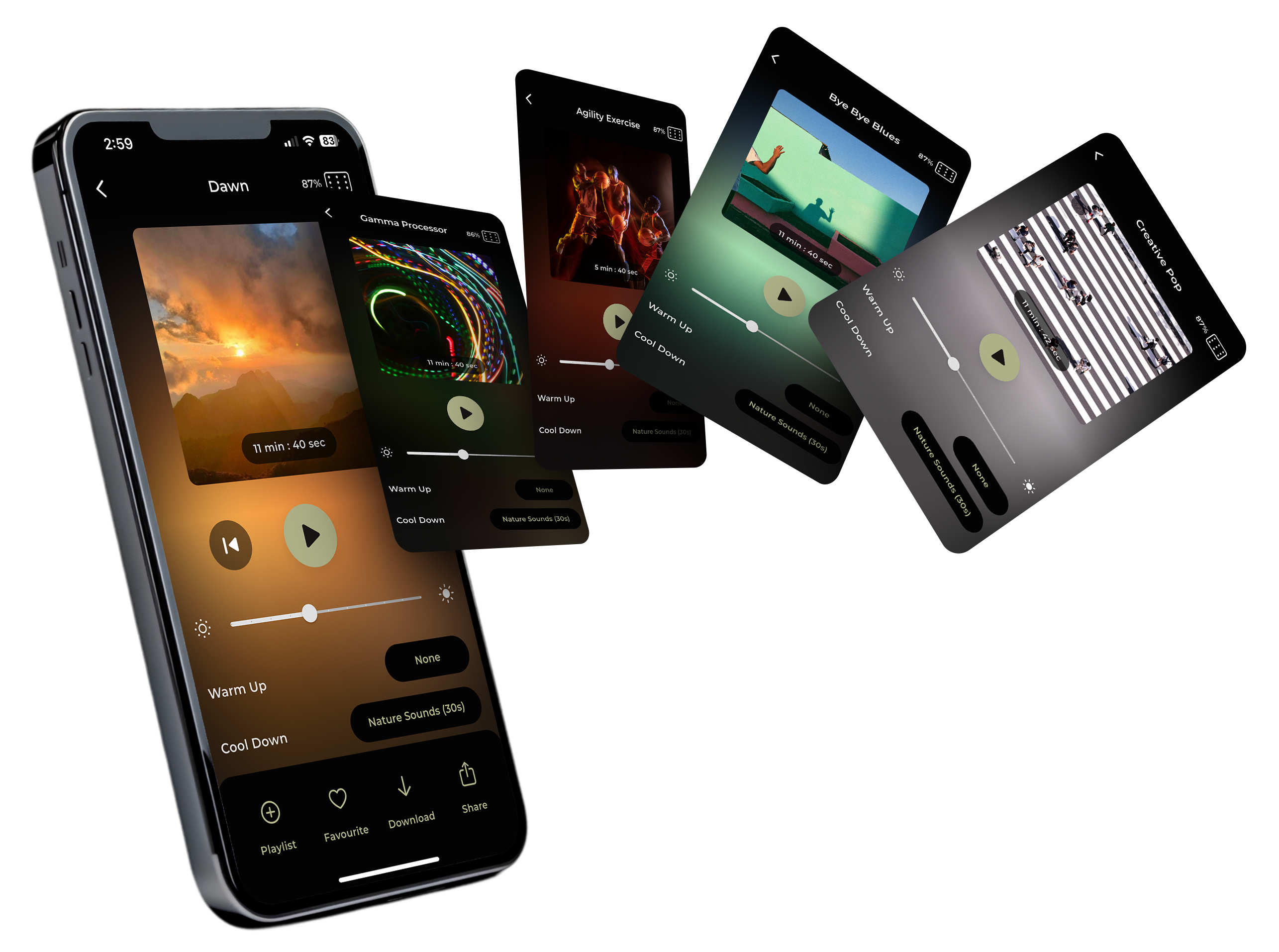
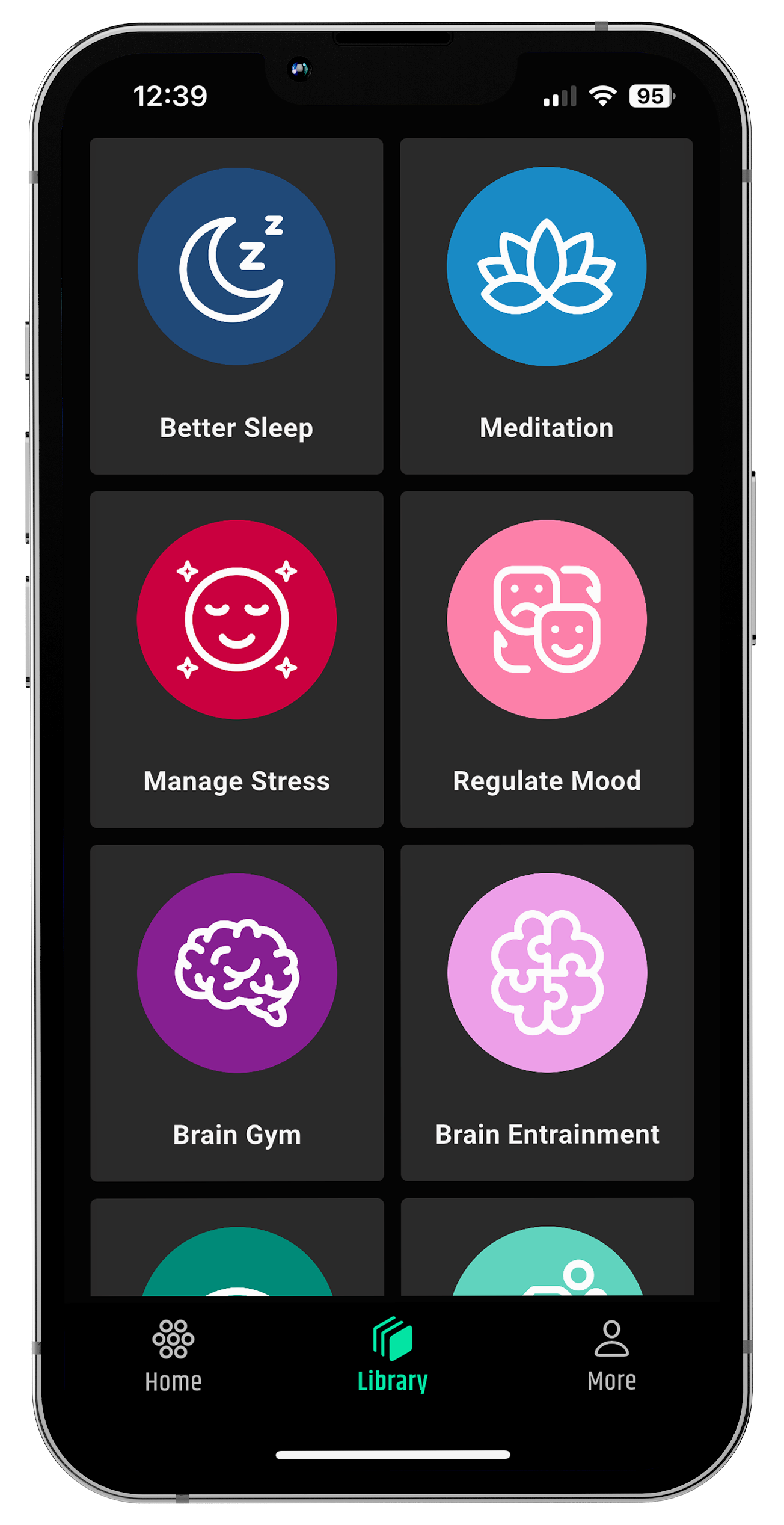

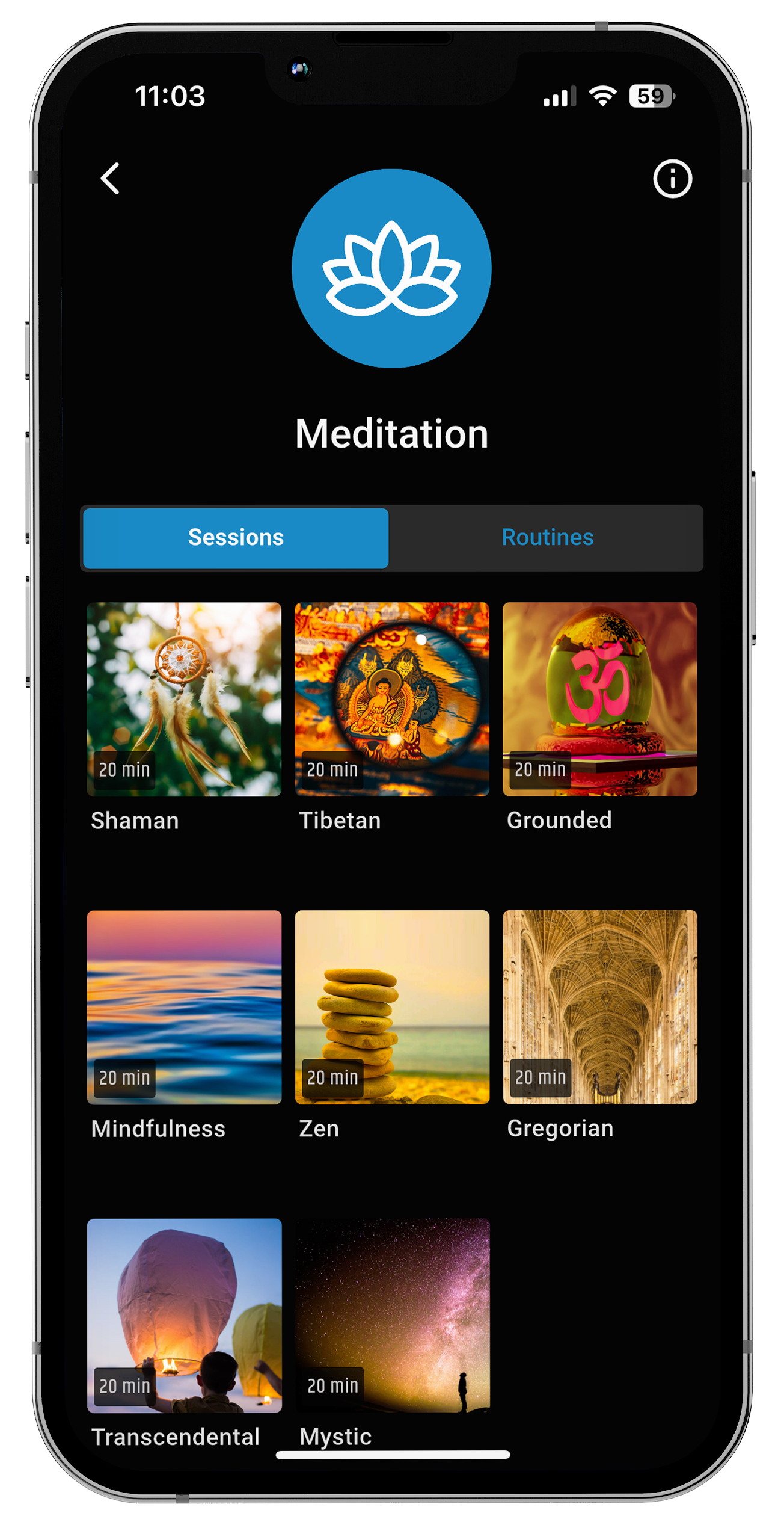
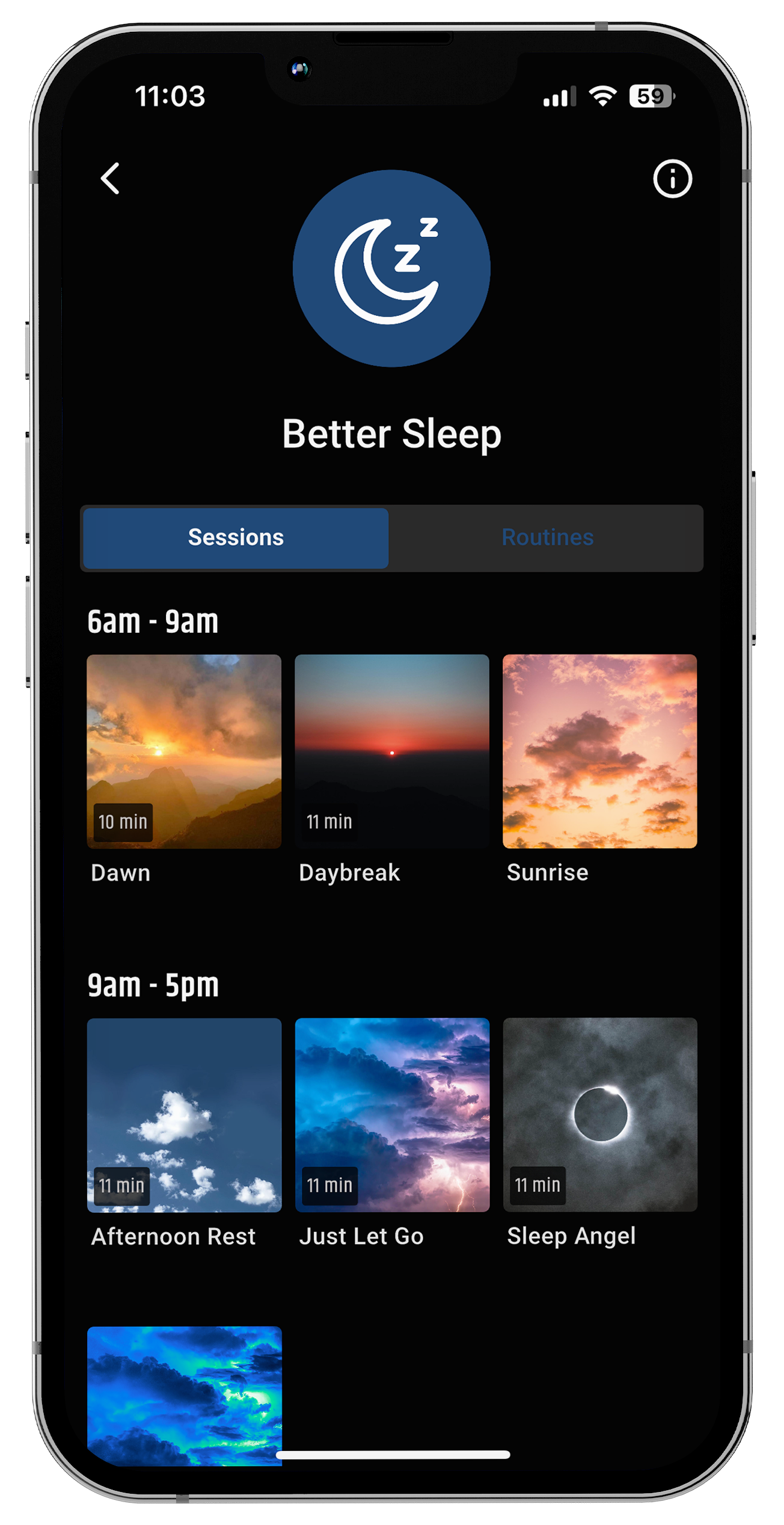

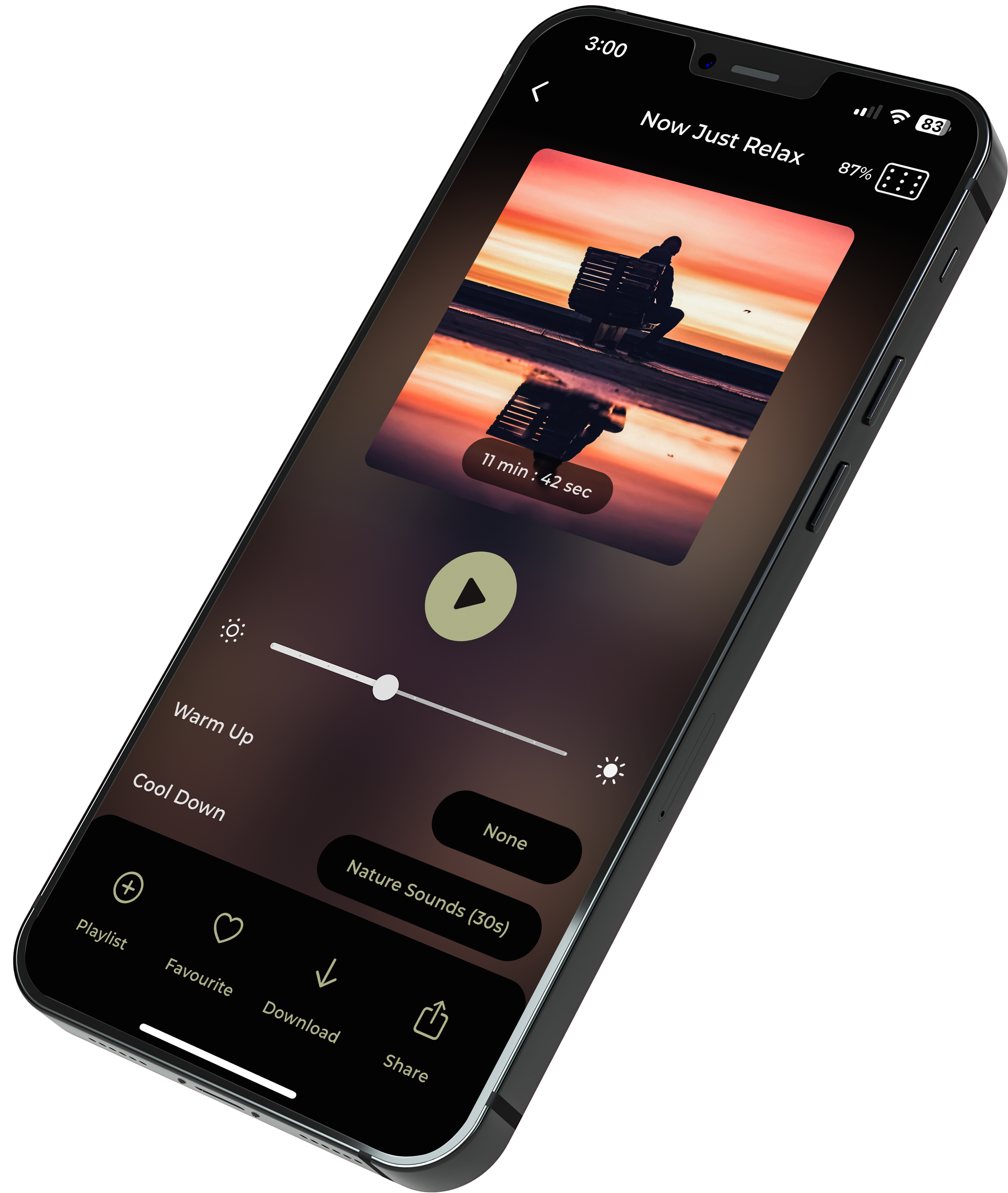








Share:
Omnivert vs Ambivert: What’s the Difference?
The Most Extroverted Introvert MBTI: Who Really Holds the Title?